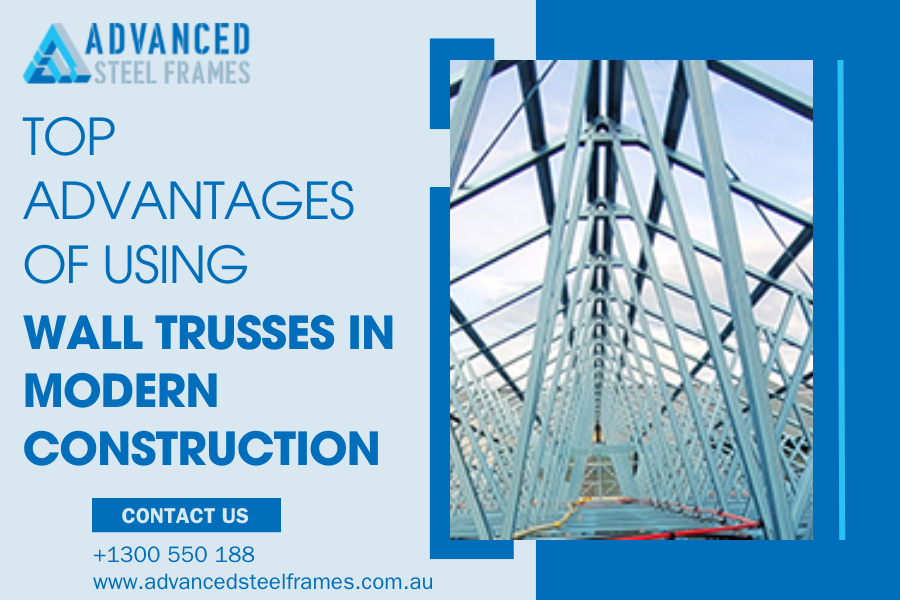Top Advantages of Using Wall Trusses in Modern Construction
Wall Truss Construction has become an essential method in construction projects in the modern-day building industry that is fast developing. Whether you are researching Roof Truss Construction, Floor Truss Construction or advanced wall systems, trusses provide a revolutionary combination of efficiency, stability, versatility and sustainable design, making them a favoured option amongst the architectural, building and residential communities.
Truss Systems Supporting Modern Architectural Trends
Unmatched Structural Efficiency and Span Capability
Among the most promising advantages of Wall Truss Construction is the fact that it can span long distances with no necessity to have interior load-bearing walls or columns. This piece of engineering has made open and flexible interiors that have been ideal in the modern and airy designs. In the same fashion, Roof Truss Construction uses triangular geometry to spread weight and strengthen stability.
Prefabrication: Speed, Precision, and Cost Efficiency
Engineered trusses are manufactured in a controlled environment and in an off-site location, where the trusses are much more precise and consistent. This method is much faster, less labor-intensive on site, and cost-effective on a project-wide level, a benefit to the project schedule and budget.
Superior Quality Control and Durability
Trusses made in a factory setting have the advantage of quality control that could not be possible with on-site assembly. This translates into increased uniformity, reliability and long term stability, whether it is Wall Truss Construction or Roof Truss Construction.
Maximizing Design Flexibility and Open Space
Designers are able to innovate because they have less load-bearing constraints. Truss Construction provides the flexibility to design unique architectural plans, and in the case of Roof Truss Construction, it is possible to create unusual shapes, such as gables or vaulted ceilings, without having to sacrifice stability. Similarly, Floor Truss Construction has a higher design versatility, allowing long and clear spans and contemporary designs.
Simplified Mechanical Integration
HVAC, plumbing, and electrical components are easily installed through Open-web Floor Truss Construction. Mechanical services require no drilling or milling, and they can easily be routed through truss cavities, saving labor, decreasing chances of human error, and improving system efficiency.
Sustainability and Waste Reduction
Manufacturing of trusses in a factory environment reduces material wastage and spillage onsite to a great extent. This helps to create more environmentally sound and resource-efficient building methods- advantages that span the wall, floor, and roof.
Material Versatility and Aesthetic Appeal
Wood trusses, particularly engineered timber ones, offer sustainability, weight and durability. They also add natural warmth, appeal, and aestheticism to contemporary buildings, beautifying residential and business projects. When compared to steel, engineered wood trusses are always more energy efficient, environmentally friendly, flexible and all-round better in the long-term performance of the building.
In short, the benefits of Wall Truss Construction compared to Roof Truss Construction and Floor Truss Construction are clear: structural span, efficiency, precision, sustainability, design freedom, and mechanical ease all demonstrate a more efficient method of building in the modern world. Even Advanced Steel Frames has observed how the use of prefabricated wall trusses in their building systems simplifies the process without sacrificing quality.
Also Read:
Steel Frame Homes Adelaide: Why More Homeowners Are Making the Switch
How to Build a Truss Roof Step by Step: A Comprehensive Guide
Share this content:




